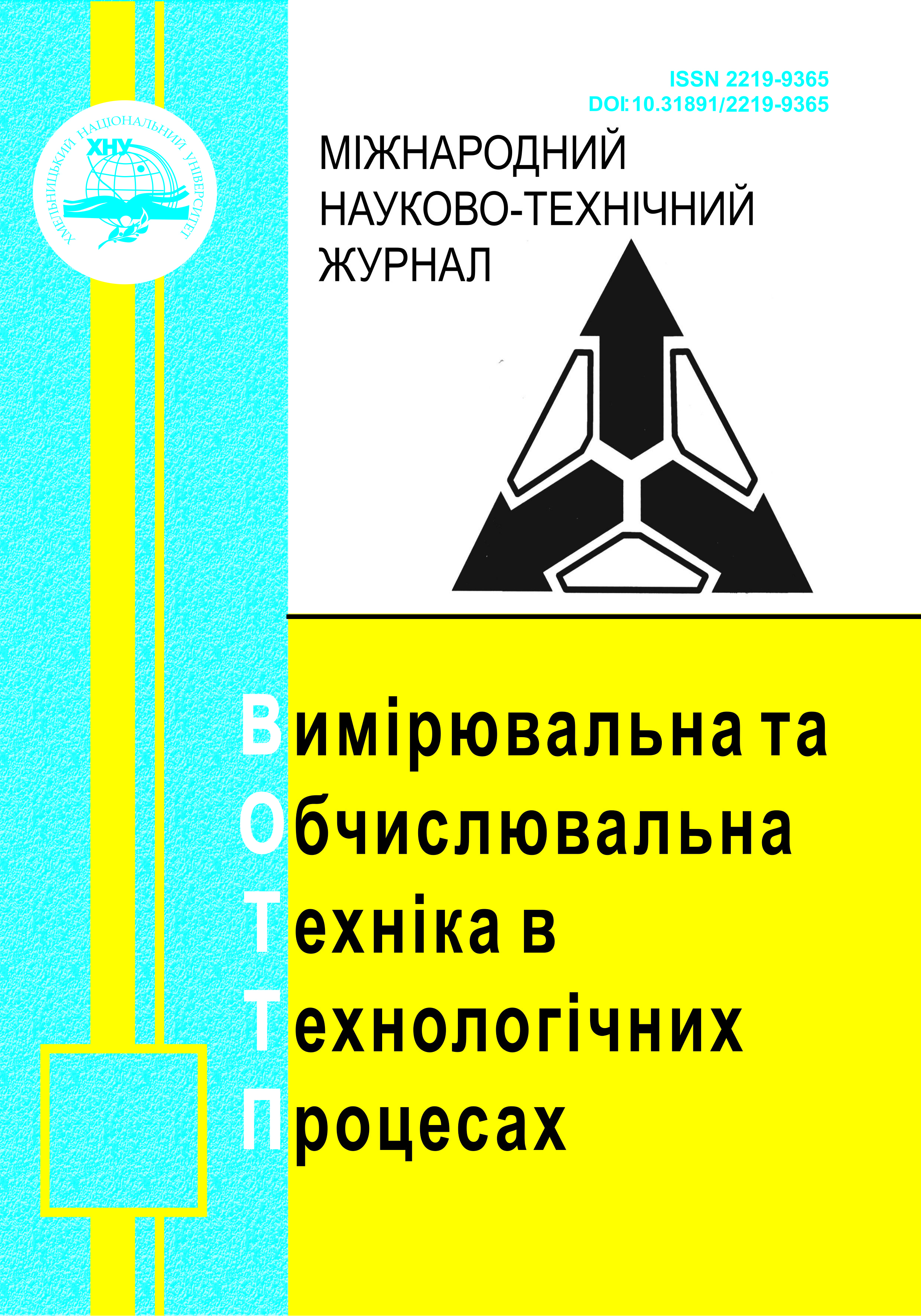OBJECTIVITY EVALUATION OF COGNITIVE BIAS MITIGATION IN NEUROEDUCATIONAL STRATEGY WITH THE ALLOCATION OF VULNERABLE INDICATORS
DOI:
https://doi.org/10.31891/2219-9365-2025-81-7Keywords:
cognitive biases mitigation, Matthew’s correlation coefficient, brain-computer interface, neuroeducational strategy, informational systemAbstract
At the current level of distribution and development of neuro-computer interfaces, an important factor in the effectiveness of their implementation remains the objectivity of usage strategies, which is determined by the constructive, ideological and technical features of the system that embody a certain implementation of a specific task. The work represents the results of a study of the effectiveness of cognitive bias mitigation in neuroeducational strategy. When designing and testing the system, typical objectivity indicators such as reliability, validity, consistency were taken into account. In order to increase objectivity, a number of restrictions were introduced at the stage of candidate selection, test development, testing boundaries, and assessment requirements, the importance of which is assessed separately. The assessment was carried out using different methods to increase the accuracy of variable results. Two strategies were compared in order to determine objectivity indicators, search for accuracy and quality factors, ways of further development, debugging, and implementation. Data from studies of the dynamics of cognitive metrics, neuroplasticity training, neuroliteracy testing, and the relationship between control and cognitive bias in decision-making in professional and educational settings with varying degrees of uncertainty were used. The results can be used to compare the quality indicators of user and educational neuro-computer systems and decision-making support technologies.
Downloads
Published
How to Cite
Issue
Section
License
Copyright (c) 2025 Віталій МИХАЛЬЧУК

This work is licensed under a Creative Commons Attribution 4.0 International License.

